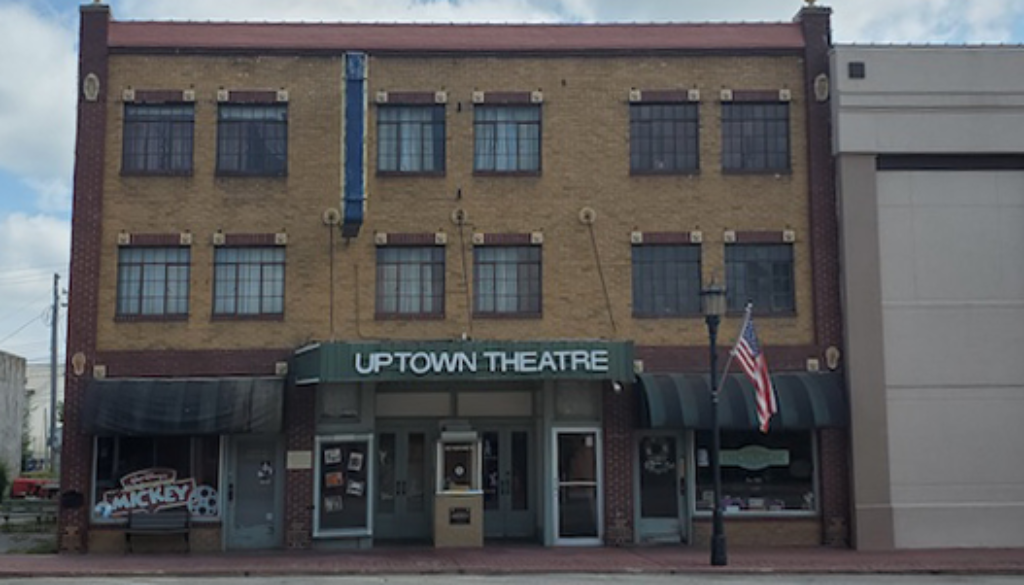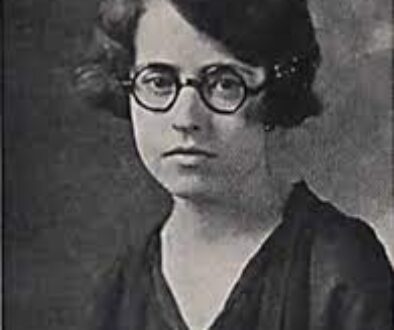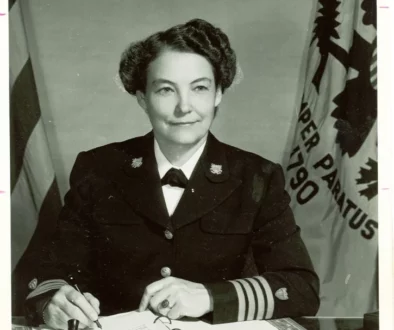MAKING HISTORY: The Uptown Theatre, Part 1
MAKING HISTORY: The Uptown Theatre, Part 1
DISCLOSURE: I wrote the National Register of Historic Places nomination for the Uptown Theatre in Marceline. It qualifies for the Register in two ways: Architecture and Entertainment (but NOT associated with Walt Disney). On 14 April 2023, I presented it to the Missouri Advisory Council on Historic Preservation. It will soon be in the final step: consideration by the Keeper of the National Register.
The Uptown Theatre is well known in the county. Perhaps you went to a movie there when you were younger. Maybe even your first date. You likely also know about the two Disney films that premiered in the theater—the 1956 Midwest premiere of Walt Disney’s The Great Locomotive Chase and the 1998 premiere of The Spirit of Mickey. But these premieres are simply footnotes in the theater’s marvelous history. It has a much more interesting existence and story than its flirtation with the Disney Corporation.
The Uptown Theatre is a 286-seat theater with a raised stage, apartments on the second and third floors, and storefronts in the north and south bays of the façade. If you’ve been in town in the last year, perhaps you have even enjoyed a coffee at Café Marceline.
PRE-UPTOWN HISTORY and CONSTRUCTION
In October 1924, A.B. and Ivah Cantwell bought the Snappy Theatre, housed in the north side of the theater, next to a Kaiser-Koch clothing store that occupied the south portion of the original dual-purpose building. Cantwell remodeled the Snappy Theatre and renamed it the Cantwell Theatre within the first year of owning it.
In 1929, Cantwell purchased the clothing store and started building his new theater. While local contractor Fred Wolfskill was erecting the new theater, Cantwell took over the lease of the Cater Opera House to continue showing movies until his new theater was complete. According to newspaper accounts, Cantwell and Wolfskill gutted much of the circa 1894 building housing the Snappy Theatre and Kaiser-Koch store. The Marceline News reported that “virtually all of the old Kaiser-Koch and Cantwell Buildings will be torn down.” There is some evidence that suggests the party walls of the circa 1894 building (the walls abutting the buildings on either side of it) were incorporated into the new building.
Originally, the theatre was to have a seating capacity of 550 with a balcony holding an additional 200 seats to be built later. However, no balcony was built, and the theater was finished with a seating capacity of 286.
During construction, the theater was renamed the Dickinson Theatre when Glenn W. Dickinson, a regional theater chain magnate, leased it from Cantwell. It opened as Dickinson Theatre on June 30, 1930.
ENTERTAINMENT THROUGH THE 1930s
Prior to the Uptown Theatre, Marceline had the Cater Opera House for all major entertainment events, such as movies, plays, dances, and sporting events like boxing. According to local newspaper accounts, while leasing the Cater Opera House Cantwell showed films there until the grand opening of the Dickinson Theatre. Within two years of the Dickinson Theatre’s opening, the Cater Opera House temporarily closed. For what reason was not reported. The Cater would quickly re-open, but only as a place for large gatherings like dances and meetings. It operated in that capacity until 1957 when it burned down.
1930s Era
When the Dickinson Theatre opened in 1930, it showed first-run movies, held dances and rallies, and hosted vaudeville acts, beauty contests, and community-based parties. These events combined with the first-run feature films made the theater an integral part of the community. The Cater seemed to be only for dances, plays, and indoor sporting events like boxing.
One example of non-feature film entertainment designed to bring in crowds was a vaudeville act booked shortly after opening in 1930. The theater hosted a “Twin Party” featuring “Siamese twins”, a famous vaudeville act at the time.
The theater opened on 20 June 1930 with an R.C.A. sound system with “improved Simplex design” projector lamps “assuring a perfect picture [with] perfect sound.” The Marceline News reported that the grand opening of the theater had over one-thousand people in attendance.
For the next six years, the Dickinson Theatre ran unopposed as the only place for first-run films and community entertainment, like fashion and style reviews and holiday parties.
But a theater war was on the horizon…
The lack of comparable competition ended in 1936 when A.B. Cantwell canceled Dickinson’s lease. This was big news in town and may have had something to do with the lawsuit a woman had filed against Dickinson a year or so prior; she alleged he broke off their engagement and sued him. The Marceline News was more than happy to let the community know about the drama. Cantwell leased the theater to R. C. Jones, who remodeled the theater and reopened it on 29 August 1936 as the Uptown Theatre.
Dickinson vowed to open a competing theatre within the year and as promised, he opened a new Art Deco-style theater, the Chief Theatre, within the year. It was located at209 N. Main St. U.S.A., about two blocks north of the Uptown. This started a three-year battle between the two theaters.
During the three years’ war between the Uptown and Chief, the theatres fought for Marceline movie supremacy. Based on ads and news articles, it appears the Uptown was the more dominant. The Uptown continued to show first-run movies, hold beauty contests, throw holiday parties, and be a community centerpiece, whereas the Chief advertised only one holiday party and movie ads were sporadic.
In 1938, the Uptown Theatre became a unit of the Commonwealth Theatre company, the largest independent theatre operator in the Kansas City territory. This meant the Uptown could book movies earlier than before; now patrons would be seeing new releases even sooner, again one-upping the Chief.
Something odd happened between the time the Uptown became a Commonwealth theater and 21 July 1939. On this day, it was announced the Griffith-Dickinson Theater Group, the largest independent theatre circuit in the United States, had bought the Uptown Theatre and would take over operations on 22 July 1939. Dickinson claimed the Uptown would be closed. However, after the merger, references to the Chief Theatre virtually disappeared. It seems the new manager of both the Chief and Uptown decided to only keep the Uptown open. The Chief officially closed in September 1939. It’s not clear why it closed, and the Uptown remained, though. The Chief burnt down in February 1942 under what might be called suspicious circumstances. It never re-opened as Dickenson promised. Again, as the only theatre in town, the Uptown Theatre continued as the entertainment Mecca of Marceline. And in the 1940s the theater was ready to help the War Effort.
TO BE CONTINUED…



